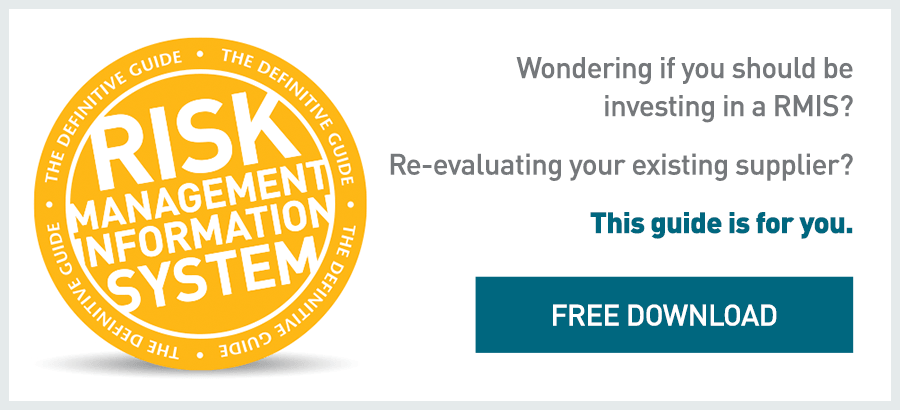 Earlier this month, a gunman walked into the Westfield Garden State Plaza shopping mall in Paramus, N.J., and fired six shots with a rifle. Thankfully, no patrons or employees were injured or killed; the gunman fired into the ceiling, a store façade, an elevator and an escalator. The shooter, a 20-year-old man dressed in black and wearing a motorcycle helmet, took his own life but, according to reports, chose not to fire at patrons or employees.
Earlier this month, a gunman walked into the Westfield Garden State Plaza shopping mall in Paramus, N.J., and fired six shots with a rifle. Thankfully, no patrons or employees were injured or killed; the gunman fired into the ceiling, a store façade, an elevator and an escalator. The shooter, a 20-year-old man dressed in black and wearing a motorcycle helmet, took his own life but, according to reports, chose not to fire at patrons or employees.
Garden State Plaza is among the largest, busiest malls in northern New Jersey, and the gunfire prompted panic and pandemonium as shoppers and staff fled outside or took refuge in the back rooms of stores.
I’m blogging about this today because a colleague forwarded to me a report from NorthJersey.com from two days after the shooting (Wed., Nov. 6) that quoted Sean Ahrens of Aon Global Risk Consulting, a noted security expert. Sean discussed security measures that malls and other public places should have in place to deter incidents and improve the response to events like the shooting at Garden State Plaza.
One aspect of the story stood out to me in particular. A district manager for one of the tenant stores, Sal Chieffo, is quoted as saying that the shooting made him see “the need to review emergency policies and procedures with employees.” The article goes on to state that, “Chieffo said that he had never received any evacuation or procedure plans from the mall or seen any evacuation drills conducted since the kiosk opened about a year ago.”
In a written response, a representative of Garden State Plaza said, “the mall communicates its emergency procedures regularly to tenants.”
Thankfully, the gunman didn’t kill or injure any patrons or staff, so this “he said/she said” kind of disagreement between the tenant and the mall representative doesn’t tie back to any tragic deaths or injuries. Yet, this disagreement highlights an important safety-management need that businesses of almost any kind would do well to consider: namely, the need to systematize and track the distribution and consumption of safety training procedures and protocols.
Because I’m with Aon eSolutions, a provider of risk and safety management software, my thoughts upon reading the story immediately went to wondering whether the mall owner has any kind of safety management software in place that tracks and audits training.
None of us likes to think we’ll find ourselves in the midst of an emergency like the one earlier this month in New Jersey. Perhaps that’s why it’s all too easy to pay little heed to safety training when it comes our way. Just think about how easy it is, for example, to shrug off fire drills and shuffle out slowly, paying little attention to the lessons to be learned in the event of a real fire.
Safety management software has the virtue of tracking and codifying the training that staff of any organization needs to know in order to make it through an emergency situation. On the management side, such software tracks the kind of training that is provided, when it’s provided, who has taken it and affirmatively acknowledged having taken it. On the employee side, when safety training is actively tracked and monitored, there can be no excuse for not knowing what to do when disasters large or small strike.
An event like this allows management groups at Garden State Plaza and elsewhere to take pause and consider how they currently approach safety management, and what opportunities and approaches are available to ensure everyone's safety. For obvious reasons, it’s important to have no doubt that safety procedures have been taught, absorbed and are ready to be deployed at a moment’s notice.
Joe Fitzpatrick is Director of Commercialization with the Aon eSolutions Global Product Management team. Joe works in the Atlanta Aon eSolutions office and can be reached at joe.fitzpatrick@aon.com or by phone at 770-308-5446.








 Earlier this month, a gunman walked into the Westfield Garden State Plaza shopping mall in Paramus, N.J., and fired six shots with a rifle. Thankfully, no patrons or employees were injured or killed; the gunman fired into the ceiling, a store façade, an elevator and an escalator. The shooter, a 20-year-old man dressed in black and wearing a motorcycle helmet, took his own life but,
Earlier this month, a gunman walked into the Westfield Garden State Plaza shopping mall in Paramus, N.J., and fired six shots with a rifle. Thankfully, no patrons or employees were injured or killed; the gunman fired into the ceiling, a store façade, an elevator and an escalator. The shooter, a 20-year-old man dressed in black and wearing a motorcycle helmet, took his own life but, 



